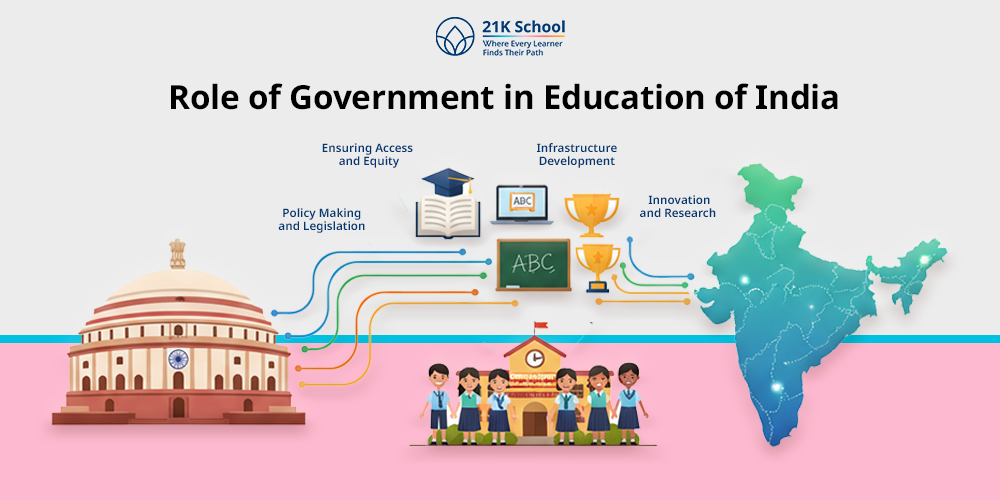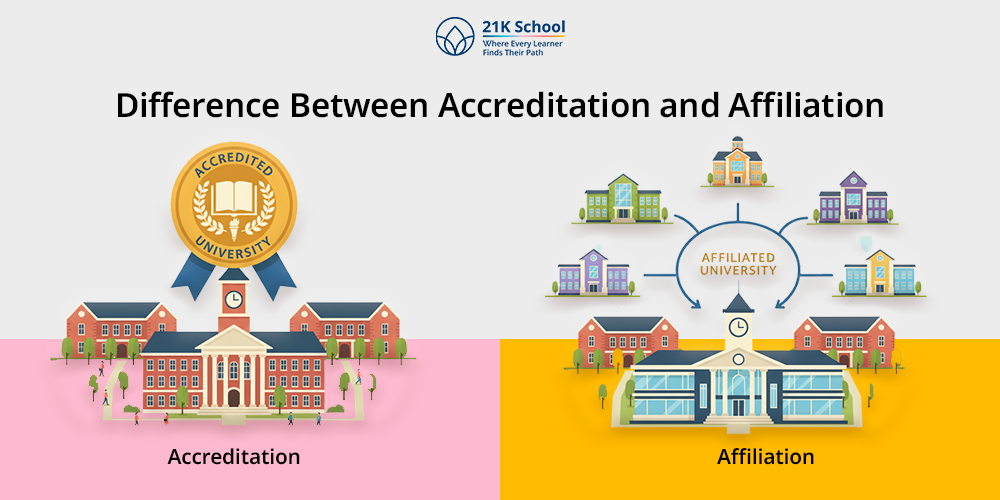
How do interdisciplinary and transdisciplinary methods of learning differ?
A transdisciplinary and interdisciplinary approach to a problem helps a learner and an educator also to have a more holistic and professional view of the problem.
Interdisciplinary education concerns itself more with the way of defining and explaining the relationship between disciplines, as compared to transdisciplinary education, which concerns itself with the way of uniting those into a single approach.
The interdisciplinary approaches can assist an instructor to begin with and progressively transition to transdisciplinary approaches in accordance with the goals, setting, and tools at their disposal.
Contents
What is Transdisciplinary?
Transdisciplinary teaching and learning cut across the disciplinary boundaries in an effort to provide a more integrative approach to real-life problems.
Transdisciplinary education brings different perspectives, different abilities and knowledge in the social sciences, arts, sciences and non-academic worlds together into a unified educational process, unlike traditional learning , where knowledge is divided into separate areas of interest.
In order to generate valuable knowledge and outcomes, it collaborates with teachers and learners, community members, practitioners and organisations. It establishes a unified whole in the merging of different disciplines, such as economics, environmental science and ethics regarding climate change.
What is Interdisciplinary?
The term interdisciplinary can be described as dealing with a variety of fields of knowledge, methods of learning , and perspectives to deal with a problem and still maintain the nature of the constituent areas.
Interdisciplinary education in terms of teaching/learning refers to the connection of subjects in the curriculum to allow the students to see the relationship, critical thinking and practical application without losing the character of individual subjects.
The activities that are based on integrated learning and project-based learning enable the students to learn by doing as they explore and interact with a variety of subjects around a theme.
Difference Between Transdisciplinary & Interdisciplinary
The interdisciplinary and transdisciplinary approaches provide insights into various disciplines. But in some of its uses in education, research or business, interdisciplinary methods operate within narrowly defined collaborative structures between heterogeneous disciplines.
The differences that are possible between the interdisciplinary and transdisciplinary approaches are outlined below.
| Aspect | Transdisciplinary | Interdisciplinary |
| Definition | Transdisciplinary means drawing knowledge from different academic and social partners to a problem. | Interdisciplinary is about collaboration between different fields in research or business contexts – keeping disciplinary lines. |
| Problem Solving | Transdisciplinary is more inclusive of broad issues like pandemics or sustainability that touch many sectors. | Interdisciplinary problem-solving is oriented around a discipline in research or business. |
| Approach to learning | Transdisciplinary practises are adaptable and flexible. They evolve and are conditioned to confront changes in the world or the cooperative actions that require different disciplines and cultures. | The interdisciplinary strategies are formalised and regulated by preexisting structures. They combine different areas of research in a coordinated way, normally in a research, teaching or business setting. |
| Collaboration | The transdisciplinary co-operation focuses on the major social issues such as the health of people, their sustainability or development of the community. It destroys the traditional points of separation between the academic fields and the society. | Interdisciplinary collaboration involves the collaboration of professionals in different yet related fields. It puts emphasis on teamwork between professionals within a given area, such as scientists, engineers or businessmen working on a shared project. |
| Boundaries | The disciplines have no barriers when it comes to transdisciplinary research. This allows problem-solving, which is free, creative in such diversified areas as global policy or innovation or healthcare. | Two or more disciplinary work is also demarcated with respect to discipline, only the work is done in a systematic manner. It brings together disciplines although they still bear their titles especially where research is concerned or in business. |
| Integration | Transdisciplinary integration is creative, holistic, and useful in sustainability/healthcare reform, etc. | Interdisciplinary integration is feasible, practical in studies, business and research. |
| Curriculum | The entire process is re-conceived in the transdisciplinary curriculum in every kind of preparation in the real world, whether it is policy or innovation. | Interdisciplinarity links flexible education, business aspects of training and research aspects. |
| Examples | Transdisciplinary examples seamlessly integrate – for instance, environmental justice or corporate social responsibility. | Interdisciplinary examples have clear subject links, such as research and business applications. |
1. Definition
Interdisciplinary: An Interdisciplinary approach integrates the expertise, skills, and perceptions of two or more fields to handle complex problems or explore research questions. Unlike in that it uses different disciplines, it does not diminish the individual identity and wholeness of those disciplines which give it rise.
Transdisciplinary: The idea of the transdisciplinary approach lies in the fact that it transcends the past disciplinary borders by integrating both academic and non-academic perspectives, including practitioners, stakeholders also as well as community members. It creates new forms that are not reducible to one field and is aimed at the real problem-solving which is socially oriented.
2. Problem Solving
Interdisciplinary: Interdisciplinary problem-solving skills enable researchers and practitioners in other disciplines to collaborate without necessarily foregoing their perceptions in the disciplines. Through the assistance of any discipline, various approaches and theoretical models are implemented in order to create a more holistic perspective of a multifaceted issue.
Transdisciplinary: So, in practice, there are at times problem-solving issues with regard to the integration of various factors in solving systemic problems. One such solution would be science, economics and public policy solutions to deforestation. In that way, medicine, ethics, and patient experience potentially could be included in health care wellness programmes.
3. Approaches
Interdisciplinary: They are more likely to apply the already practised methodologies of the different fields through systematic collaborative learning . The multidisciplinary teams can be applied in processing various sets of data pertaining to research or business using design thinking. Psychological approaches to combine and thus to increase cooperation and innovation are also probable.
Transdisciplinary: More dynamically adaptive iterative approaches are used to cut the identified frameworks. As an example, the implementation of environmental projects might be an exercise of community-based simulation of scientists, community members and policy makers.
4. Collaboration
Interdisciplinary: No redefinition of role exists, and collaboration skills take place at the same level of discipline. Those may be scientists and historians writing a research paper, marketers doing a business-to-business campaign or nurses doing care plans and administrative procedures in a complex healthcare set-up.
Transdisciplinary: In problem solution, masses of experts and non-experts are brought together. In the case of the business or environmental setting, it may be researchers, conservationists, governments, indigenous people, executive and client ethical strategists, etc.
5. Boundaries
Interdisciplinary: Respected disciplines are held together in such a way that the interrelationship is not completely liquidated. Physics and chemistry may, in research, do a project of the same underlying principles, but they are not necessarily distinct in business finance and operations.
Transdisciplinary: Boundaries might be reduced or eliminated so more flow can occur. It may be medicine, psychology and social services in environmental work or science policy and cultural practices – the boundaries are blurred in patient-centred care in healthcare.
6. Integration
Interdisciplinary: Selective integration involves the inclusion of the elements of another field; however, not involve original work. One such research will be the information given by computer science and biology to compile AI marketing information, legal, business, conformity diagnostics and therapy plans.
Transdisciplinary: The combination of syntheses gives birth to another synthesis of the initial elements. As a case in point, ecological learning may go to incorporate ecological education, economic modelling and social input into a single model of approach, in business technology, ethics/user response in a single new business model.
7. Curriculum
Interdisciplinary: This is a term used in the education sector to mean the connection between professional training programmes and intersubjectivity. As far as business education is concerned, it may imply the integration of field study and research or the integration of leadership and finance.
Transdisciplinary: This is where additional higher stages of learning are incorporated, and this is what happens, as in the case when it comes to organisational training or professional development; different academic disciplines are entirely merged. These can be centred on the business course dealing with practical matters on global relations, technology and ethical matters.
8. Examples
Interdisciplinary: Examples of interdisciplinary approaches are bioinformatics, neuromarketing, environmental economics, and so on.
Transdisciplinary: Examples of transdisciplinary approaches are climate change adaptation, urban food production, ethical AI development and so on.
To sum up
Both interdisciplinary and transdisciplinary approaches acknowledge the fact that complex issues cannot be addressed using single-gauge perspectives. Interdisciplinary methods combine several fields of study with each having its theoretical basis, but offer the combination of disciplinary perspectives to gain a complete understanding.
Transdisciplinary approaches go a step further to overcome academic levels to encompass the practical knowledge of practitioners, stakeholders and community members by establishing new systems that will respond to both theoretical and real-world issues.
Education and research both gain value using both methods.
Interdisciplinary learning cultivates critical thinking in the other subjects, whereas transdisciplinary learning equips students to work collectively on issues. Both methods are imperative in formulating effective, sustainable and equitable solutions since the world challenges are increasing.



